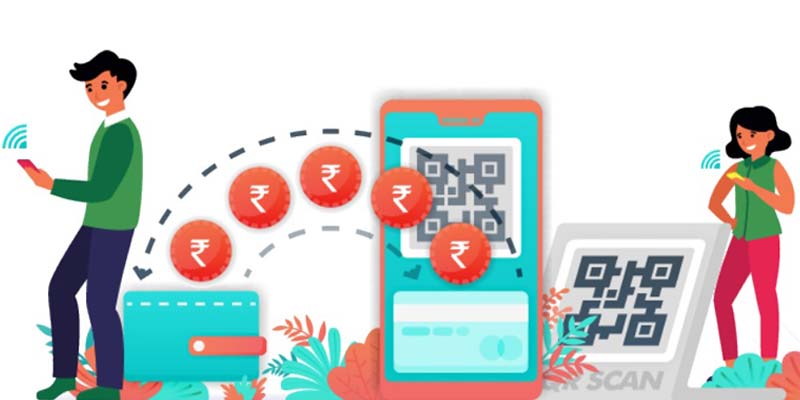- India
- Jan 11
Cabinet clears scheme to promote RuPay debit card, low value BHIM-UPI transactions
• The Union Cabinet approved a Rs 2,600 crore scheme for promoting RuPay debit cards and low-value BHIM-UPI transactions (person-to-merchant) for a period of one year from April 2022.
• Under the scheme, banks would be provided financial incentives for promoting Point of Sale (PoS) and e-commerce transactions using RuPay and UPI in the current financial year.
• The scheme will also promote UPI Lite and UPI 123PAY as economical and user-friendly digital payments solutions and enable further deepening of digital payments in the country, across all sectors and segments of the population.
• The central government has been taking various initiatives for promotion of digital payments across the country.
• Over past years, digital payment transactions have witnessed tremendous growth.
• UPI has achieved a record of 782.9 crore digital payment transactions with a value of Rs 12.82 lakh crore in the month of December 2022.
What is RuPay?
• RuPay is the first-of-its-kind global card payment network of India, with wide acceptance at ATMs, PoS devices and e-commerce websites across India.
• The name derived from the words ‘Rupee and ‘Payment’.
• Under the Payment and Settlement Systems Act, 2007, the Reserve Bank of India (RBI) and the Indian Banks’ Association (IBA) were empowered to create a secure electronic payment and settlement system in India.
• In 2009, National Payments Corporation of India (NPCI) was assigned the task of building such an indigenous card payment system. The solution was designed to be cost efficient, with payment data localisation, domestic switching and infrastructure, to ensure greater flexibility and security.
• The idea was to create a simple, secure, and affordable payment infrastructure within the country. To enable this, NPCI developed a separate business unit – “RuPay”.
• The NPCI introduced the RuPay card in March 2012.
• It was launched to fulfil the RBI’s vision to have a domestic, open and multilateral system of payments.
• RuPay facilitates electronic payment at all Indian banks and financial institutions.
• RuPay has since become instrumental in propelling the digitally-led, cashless economy and increasing financial inclusion while reducing the costs of cash, cheques, and manual transaction processing.
What is Unified Payments Interface (UPI)?
• Before 2016, India used a number of different systems to transfer money between banks. The traditional forms included RTGS, IMPS and NEFT. With the plethora of systems, rules and growing paper burden, there was a need for a unified system that could automate and standardise India’s payment platforms.
• In 2016, the National Payments Corporation of India (NPCI) set out with a mandate to change the face of India’s payment systems. It developed the Unified Payments Interface (UPI) as an architecture framework with a set of standard Application Programming Interface (API) specifications to facilitate online payments.
• The aim was to simplify and provide a single interface across all NPCI systems, thereby creating interoperability and a superior customer experience.
• The pilot programme, with 21 member banks, was launched on April 11, 2016.
• The UPI is a system that powers multiple bank accounts into a single mobile application (of any participating bank), merging several banking features, seamless fund routing and merchant payments into one hood.
• It also caters to the “peer to peer” collect request which can be scheduled and paid as per requirement and convenience.
• It facilitates immediate money transfer through mobile devices round the clock.
• The Reserve Bank has allowed credit cards to be linked with the Unified Payments Interface (UPI), which will enable more people to make payments using the popular platform.
What is BHIM-UPI?
• Bharat Interface for Money (BHIM)-UPI is a payment app that lets users make simple, easy and quick transactions using UPI.
• Users can make direct bank payments to anyone on UPI using their UPI ID or scanning their QR with the BHIM app.
• Users can also request money through the app from a UPI ID.
• It is developed by National Payments Corporation of India (NPCI).
Manorama Yearbook app is now available on Google Play Store and iOS App Store


